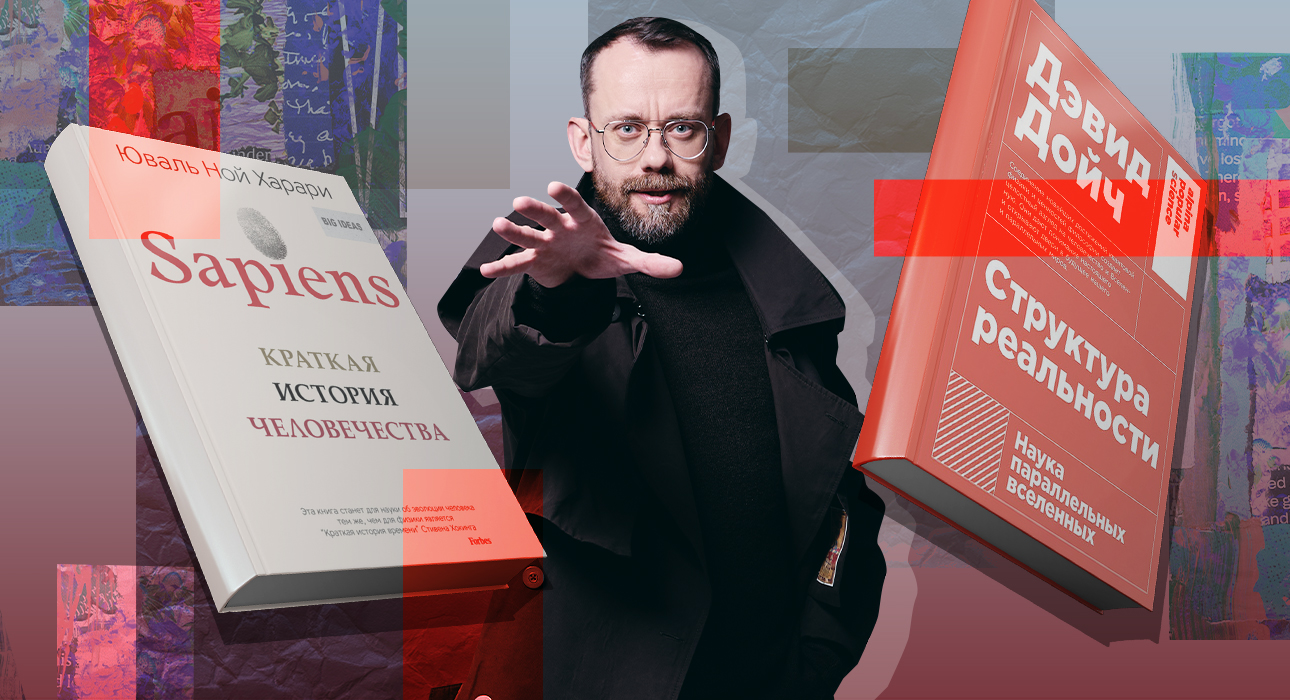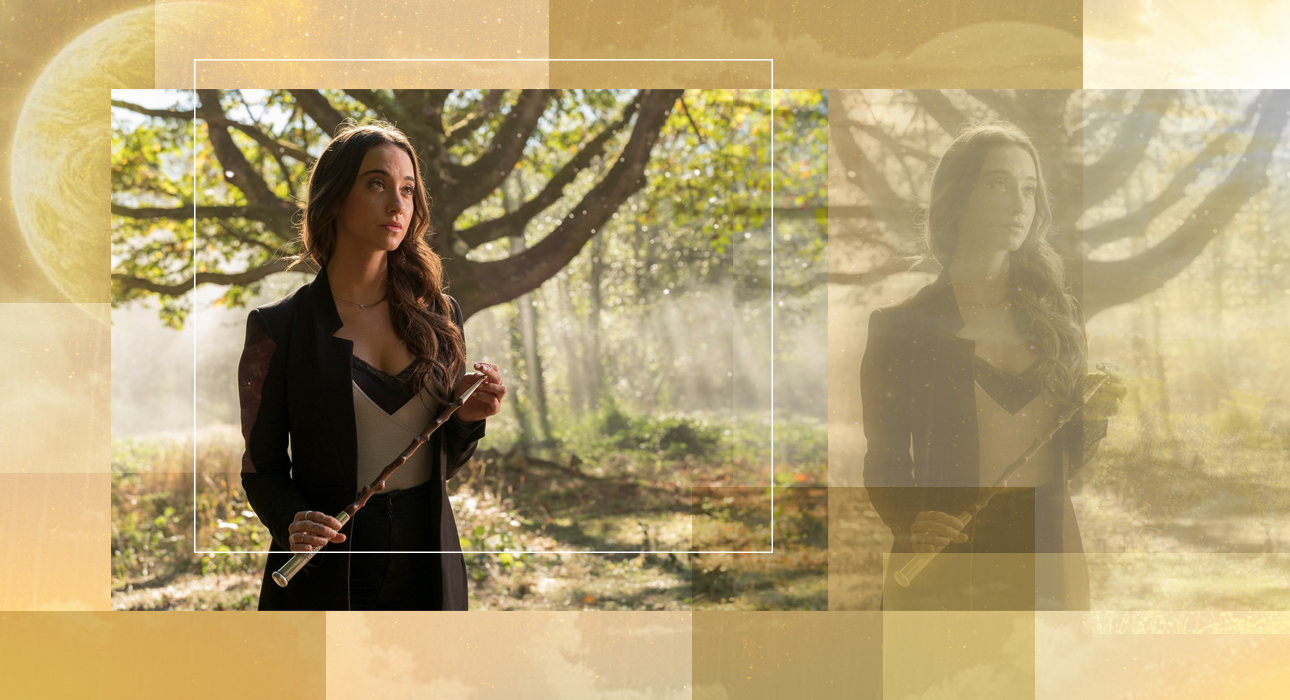Questions about what to watch or what to read can be asked, it seems, endlessly and more than once – after all, any good work, be it a book, movie or TV series, unfortunately, sooner or later ends and leaves. Its audience or reader is in the throes of new searches. But there is some good news, too.
To make your task easier, every week we ask our columnist Konstantin Obraztsov – writer, author of “Red Chains”, “Hammer of the Witches” and other books, as well as creator of the “Sample Reading” program on Rutube and the “Obraztsov” channel on Telegram – to share his collection of the world’s best literature and TV series with diamonds.

Konstantin Obraztsov
Today’s agenda includes non-fiction topics on space, humans and robots.
Why should you read books?
Most often this question is answered as follows: learning something new. This is the first answer that comes to mind in the spirit of school utilitarianism and the slogan “The source of knowledge is books.”
Of course, most of the time we do not read books to gain new information. Since ancient times, when the first tales and myths were told around a fire in a cave, there has been no better way to spend time than being alone with a fascinating story. We read for the exciting story; for the sake of empathy for the characters, bright emotions – pleasure, fear, sadness; in order to dive into the atmosphere of the art world created by the author and enjoy the style and tone. Reading entertains us, develops our imagination, educates our emotions, teaches empathy and helps us make our own speech better and purer by communicating with the masters of the literary word.
But there are books that we read precisely to discover new information. Previously they were called popular science literature; the term “non-fiction” is now used more frequently as opposed to fiction-based literature, i.e. “non-fantasy”. The popularity of non-fiction literature has been steadily increasing in recent years, but this is mainly due to highly specialized literature on psychology or personal development. However, books containing general information about the world and people are also popular.
The essence of knowledge is difficult, and yet we are not used to holding back: today’s selection of five unmissable works of non-fiction will help us figure it out.
Bill Bryson, A Brief History of Almost Everything
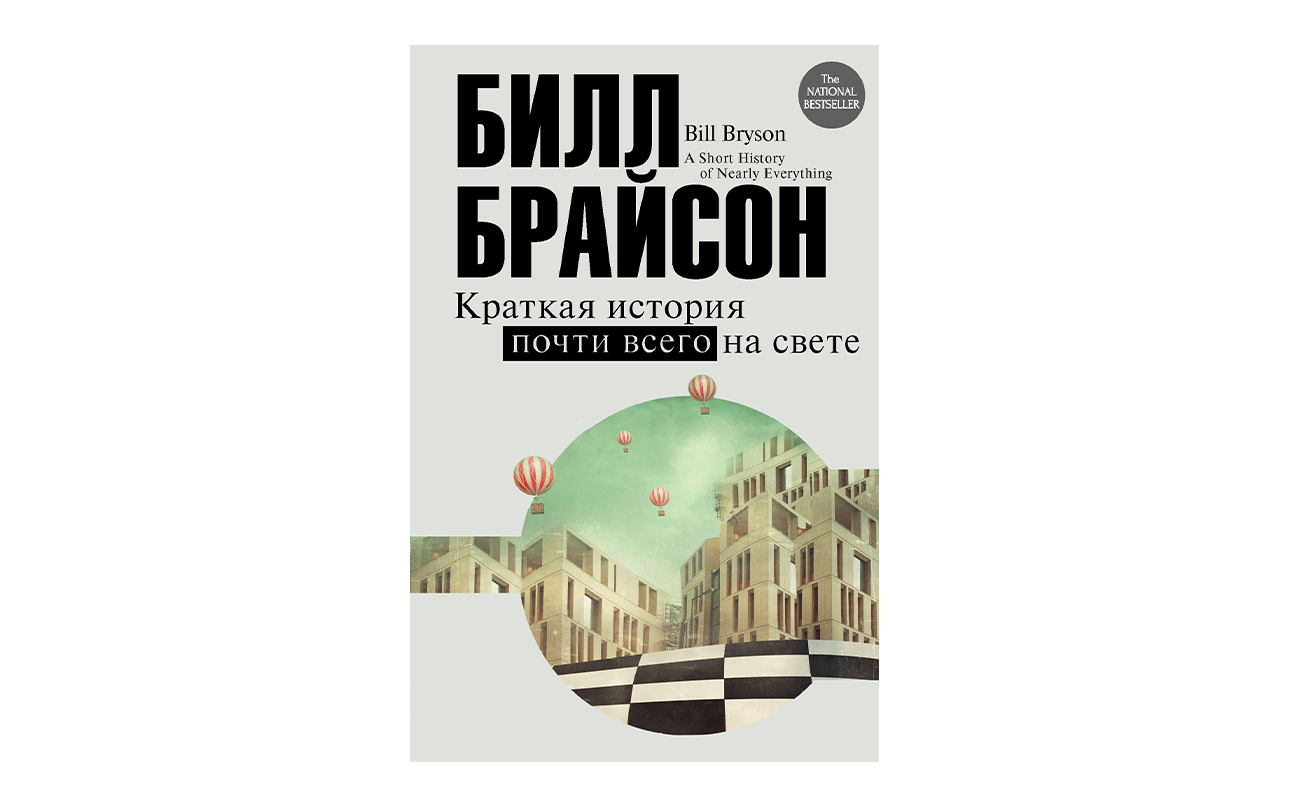
Bill Bryson’s book is definitely a bestseller in the field of non-fiction and alone can replace a dozen popular science works in various fields of knowledge.
Do you want to understand the Big Bang theory and the structure of the Universe? In quantum theory? The history of the origin of life on Earth? Maybe you’re interested in how dinosaurs were discovered? Or is it exploration of the ocean floor? All this and almost everything else in the world under one cover!
The great advantage of the book is that Bill Bryson himself is not a scientist, but a journalist who independently undertook to understand the most important scientific theories. He conducted hundreds of interviews, spoke with the most famous physicists, astronomers, paleontologists, historians and retold everything to make obscure scientific information accessible to the public.
Bill Bryson perfectly combines scientific credibility with entertainment and ease of presentation. Even if you have not yet decided to read popular science literature for fear of falling asleep on the first pages, feel free to explore “A Brief History of Almost Everything in the World”: you definitely will not be bored! In addition to presenting theories and facts, the book also contains many interesting biographies of scientists, brilliant charismatics and eccentrics.
Personally, I remember one unusually absent-minded gentleman: one day he came to the place where the guests were gathered, went up to the bedroom to change clothes and did not return. His wife, alarmed, found him sleeping peacefully in bed: apparently he was so absorbed in his thoughts that he had forgotten about the guests, and, to his surprise, finding himself undressed in the bedroom, he decided that it was time to go to bed.
Bill Bryson, “A Brief History of Everyday and Private Life”
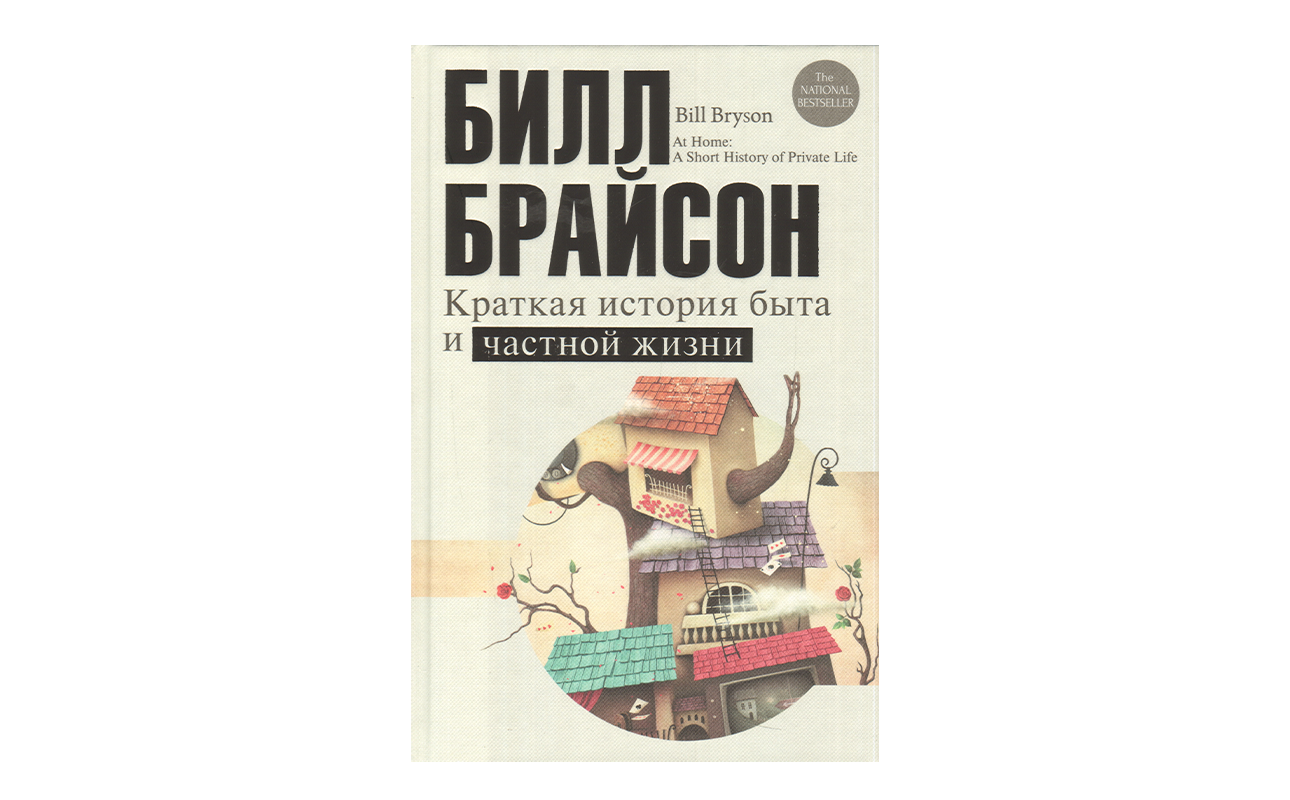
The evolution of the universe and quantum physics do not necessarily fascinate everyone. There is nothing wrong with being interested in home comforts and things we use every day, for example the origin of the iron or the history of the bathroom. After A Brief History of Almost Everything, Bill Bryson moves from the general to the specific, from global scientific theories to everyday details.
The comfort and convenience to which we are accustomed appeared not so long ago. Today it’s hard to imagine life without online cinemas and food delivery services, but just 150 years ago there were things we now take for granted, such as central heating, electricity and hot water in the shower, as well as the shower itself. It is not yet part of daily life.
The book is structured in such a way that it seems as if we are walking through the house with the author: hall, kitchen, living room, corridor, office – and in each chapter we learn many interesting facts about what the domestic structure of the human house is like. It has changed in a century and a half. Why was wallpaper mostly dark green in the Victorian era? So why was it fatal? How did they bathe in the mid-19th century? What did they eat in Europe before they brought potatoes, tomatoes, eggplants, peanuts, cocoa and much more from America? How did the office transform from a cold, dark closet into a respectable workplace?
Bryson knows how to fascinate, and reading about what they sat on, what they used to keep warm, what they ate, how they fought rodents, how people of past centuries flushed and used the toilet is no less entertaining than space and dinosaurs. You will discover a lot of new things about the most common things and for a long time you will be the most interesting interlocutor at a party: you will be able to point to everything around you, from a lamp to a vacuum cleaner, and say: “Do you know what…”
By the way, about the vacuum cleaner: Did you know that the first vacuum cleaners were the size of a small tractor? They advanced into the house from the outside and passed a large hose through the window used by the maid or mistress.
Yuval Noah Harari, Sapiens: A Brief History of Humanity
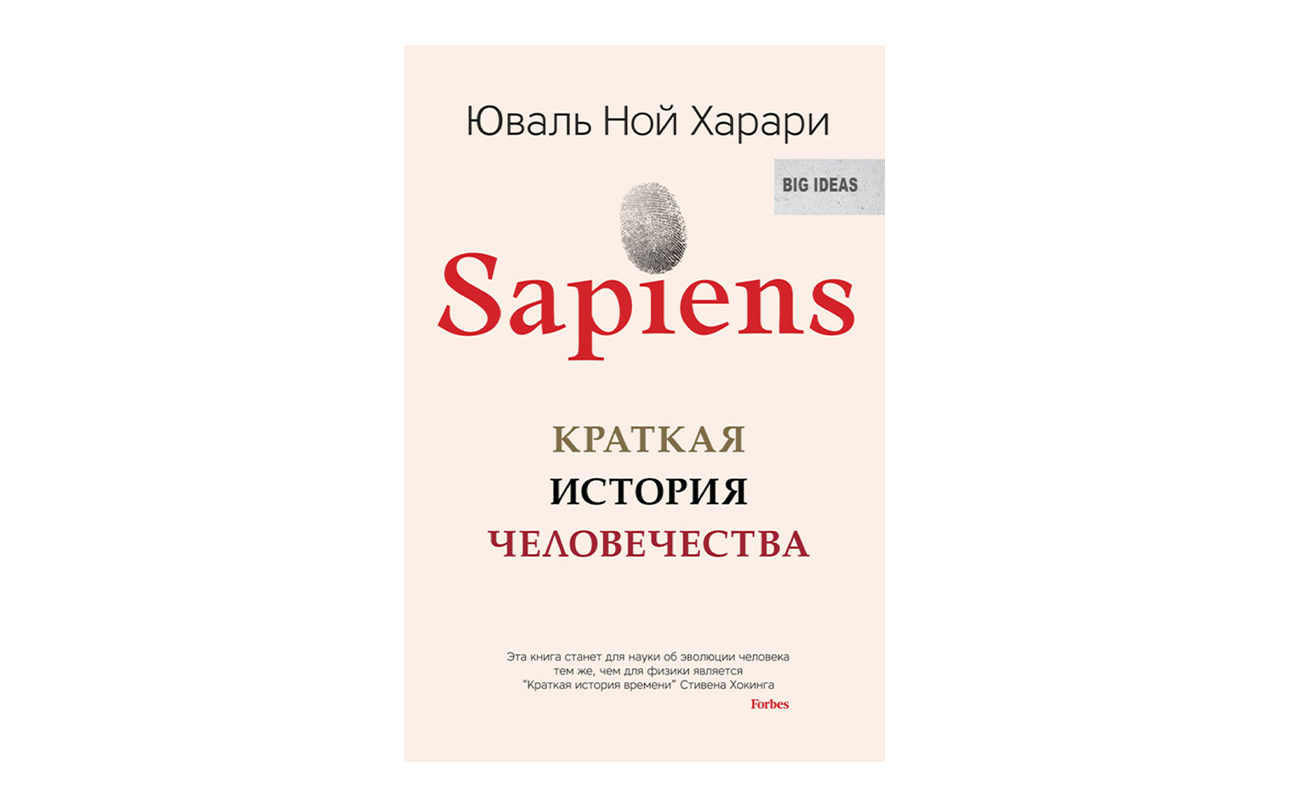
About six or seven years ago, Harari’s books were a real discovery in non-fiction literature and were the most fashionable reading among those who position themselves as intellectuals. I personally know cases when they were purchased for the interior: beautifully arranged and placed on a shelf in the boss’s office so that visitors could see that a progressive and progressive person was working here.
If you’re interested in current trends in popular science literature, Sapiens: A Brief History of Humankind will almost certainly have passed you by. But if six or seven years ago, for example, you were preparing for the Unified State Exam, you were in love, or you were just not interested in non-fiction and you missed Harrari’s book, now it’s time to fix what you missed.
Yuval Noah Harari is a professional academician, professor at the Hebrew University of Jerusalem, specializing in medieval and military history, he ranks second in the list of the most influential historians of our time. Sapiens: A Brief History of Humanity examines human evolution and human civilization, focusing primarily on prehistory. There are many interesting facts here that will help you grasp the idea of human development, but even more will make you think – for example, the thesis about the trap of the agricultural revolution as the first trade-off of freedom for illusory security. history.
This is often the most valuable and important thing in the book, which makes it a must-read for everyone interested not only in antiquity, but also in modernity: many materials for thought and the opportunity to see how patterns were created hundreds of centuries ago and they work today.
James Barratt, “Mankind’s Last Invention”
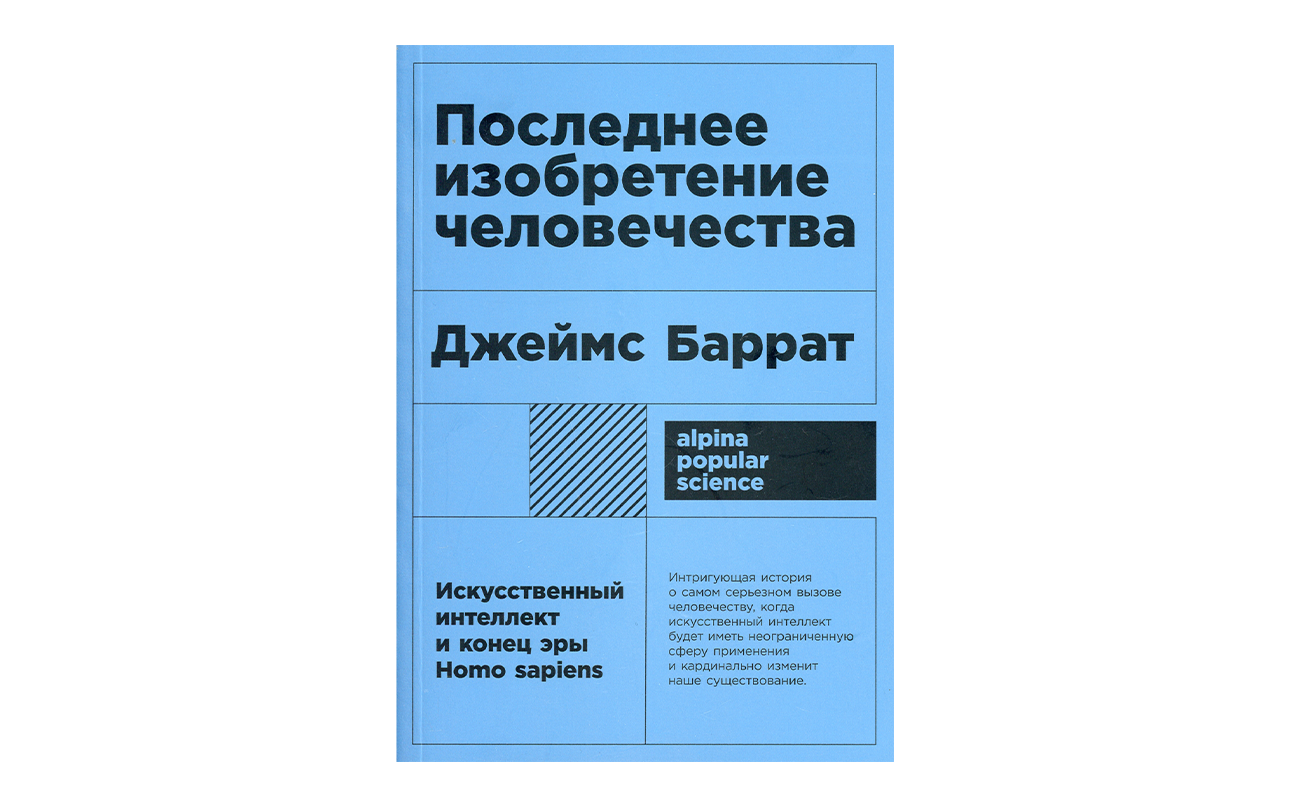
Ten years is a long time for both society and individuals. A decade is a time in the field of high information technology, but James Barratt’s book, first published in 2013, remains timely and relevant today.
“Humanity’s Last Invention” is a must-read for those interested in the field of artificial intelligence. It is known that experts on this subject are divided into three groups: Positivists, who see the development of this technology as a solution to all the problems facing humanity; skeptics who believe that AI is just another tool, like the internet or the smartphone; and alarmists who predict the rise of machines and the extinction of human civilization.
Well-known American author and documentary filmmaker James Barratt clearly takes the alarmist point of view, but within the pages of the book he gives fair voice to many AI professionals with different views. The result is even worse: even positive predictions suggest the possibility that humanity is just one stage on the evolutionary path towards developing a new way of life. The book contains many arguments, facts, stories about experiments and man-made disasters, and there are enough options for the death of humanity as a result of the uncontrolled development of artificial intelligence technologies, enough for a dozen disaster movies.
I was particularly impressed by the scenario in which AI-controlled nanorobots destroy first civilization, then the Earth, and then the entire Universe. Although at first glance it may seem like the plot of a B-grade movie, it is presented with frighteningly precise scientific validity.
David Deutsch, The Structure of Reality. “Science of Parallel Universes”

The fifth book in the selection today is not the cherry on the cake, but a bitter nut that is difficult to crack. If you’re a seasoned nonfiction reader who can handle all of Stephen Hawking and maybe even Michio Kaku, David Deutch’s book is especially for you.
David Deutsch is a world-renowned scientist, theoretical physicist and one of the founders of quantum computing theory. To laymen, the term “parallel universes” is associated with science fiction novels and TV series, but for physicists working at the forefront of science, it is a very real concept associated with the many-worlds interpretation of quantum mechanics. In The Structure of Reality , David Deutsch attempts to create a kind of “unified theory of everything” that explains the structure of visible and invisible reality by combining quantum theory, cognitive science, Darwinian evolution, and computational theory. All this is extremely interesting and yet complex: David Deutsch tries to present it as clearly and simply as possible, but what is simple for a physics professor at Oxford University is not so easy for the average reader.
But I highly recommend you try reading The Structure of Reality. Even if you cannot fully grasp its meaning and essence, it is a perfect fit for the brain and goes beyond conventional thoughts.
There is plenty of freedom for those who like to learn new words: epistemology, anti-induction, reductionism; you can collect a whole dictionary, learn it and occasionally accidentally use it in conversation.
Source: People Talk
Errol Villanueva is an author and lifestyle journalist who writes for The Fashion Vibes. With a passion for exploring the latest trends in fashion, food, travel, and wellness, Errol’s articles are a must-read for anyone interested in living a stylish and fulfilling life.

